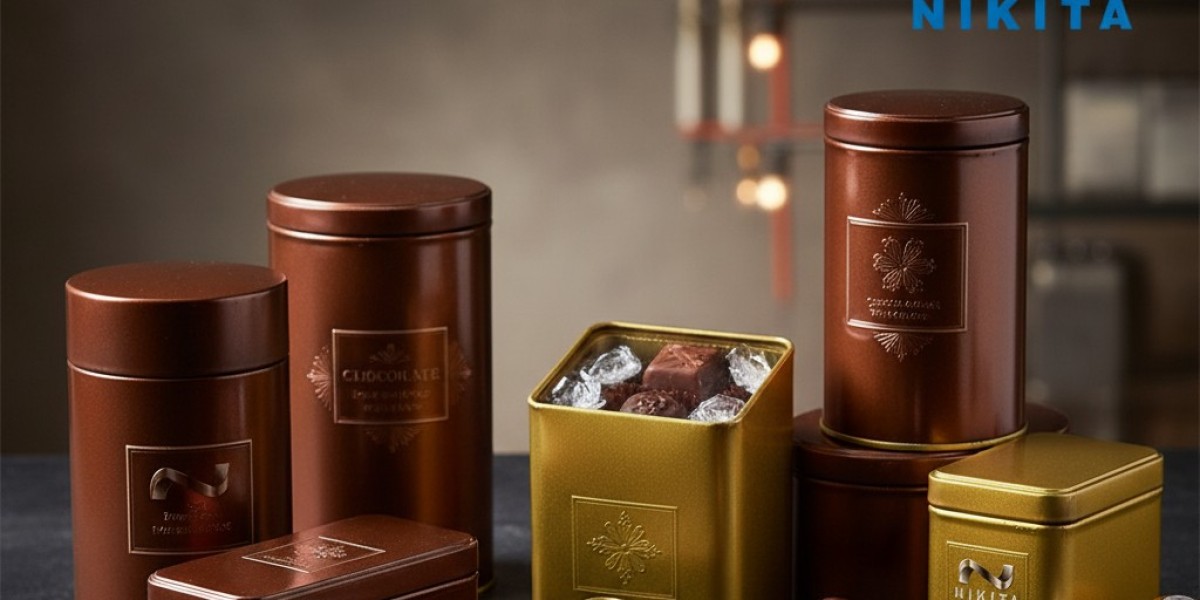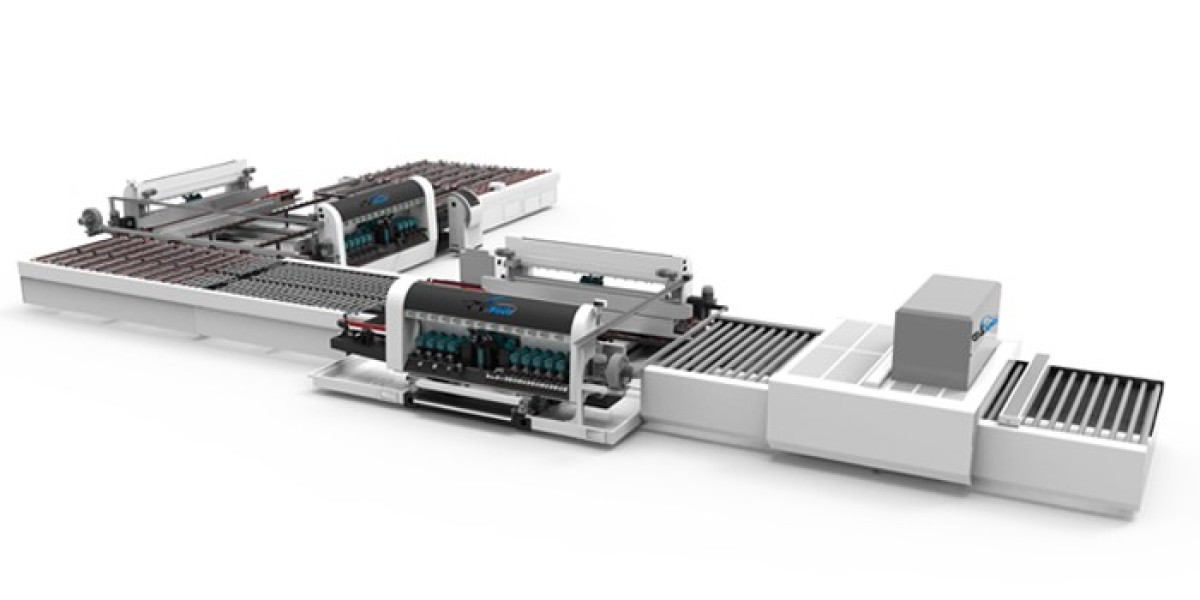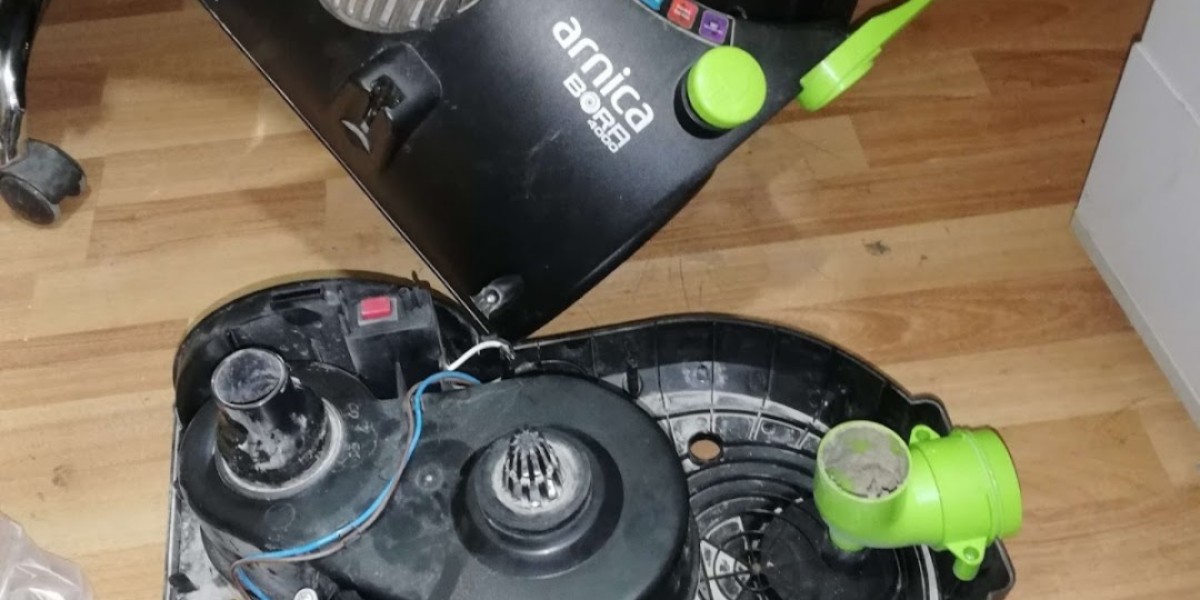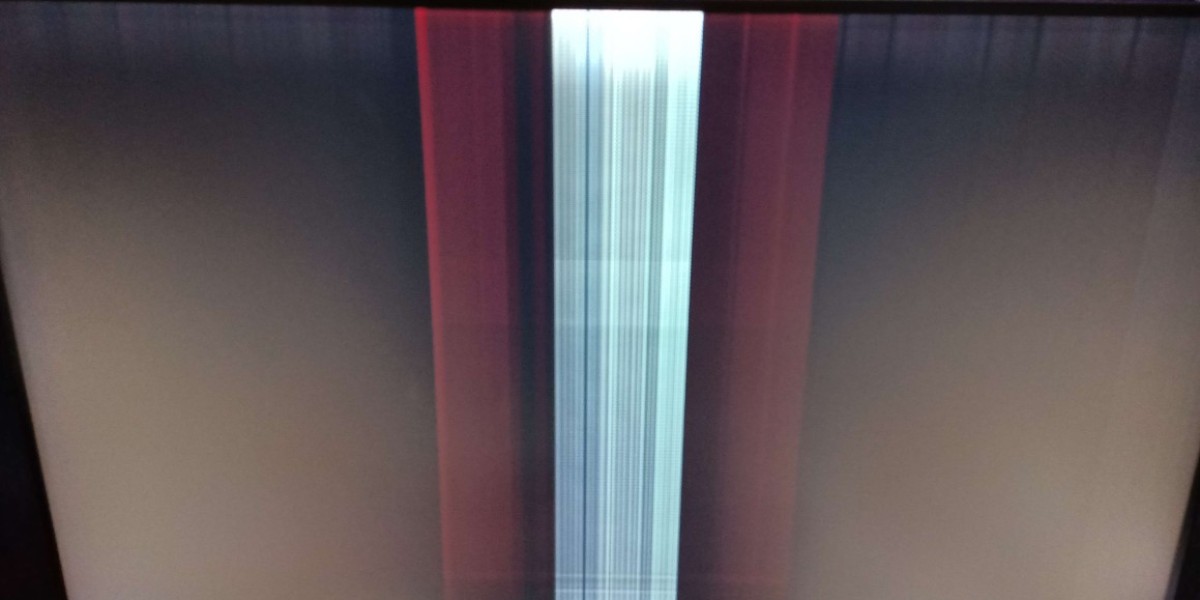Introduction
Packaging has always been more than just a protective shell for products. In today’s FMCG market, it is a statement of brand values, consumer trust, and environmental responsibility. As global regulations and consumer expectations shift towards greener solutions, the question is no longer whether businesses should invest in sustainable packaging, but which material will truly stand the test of time.
Tin plate packaging has become a front-runner in this conversation. Unlike plastic, which loses quality after recycling, tin can be recycled infinitely without compromising its strength, safety, or aesthetic appeal. For brands seeking both durability and sustainability, tin offers a genuine way forward.
Why FMCG Brands Are Asking About Recyclability
FMCG brands face increasing pressure from governments, supply chains, and eco-conscious consumers to reduce packaging waste. The reality is simple:
Plastic recycling often results in lower-grade material that cannot be reused for food-safe packaging.
Paper and cardboard, while popular, degrade in quality with each cycle and cannot provide long-term barrier protection.
Glass is infinitely recyclable but heavier, more fragile, and carbon-intensive in transport.
Tin packaging stands apart as a strong, lightweight, and endlessly recyclable material that does not lose its properties, no matter how many times it re-enters the production cycle.
Can Tin Really Be Recycled Infinitely?
Yes, tin packaging is one of the rare materials that can be recycled an unlimited number of times without losing structural or functional integrity. Each recycling cycle melts down the tin plate, purifies it, and shapes it into new products. Unlike plastic polymers, which weaken, tin maintains its durability and protective qualities across multiple lifetimes.
This infinite recyclability means a tin container produced today could reappear decades later in a completely different form, still offering the same resilience and barrier performance.
Benefits of Choosing Tin Packaging for FMCG Products
For brand owners and manufacturers, the advantages of tin go beyond recyclability.
Longer Shelf Life: Keeps food fresh by protecting against moisture, air, and UV rays.
Non-Toxic Safety: Approved for food contact, ensuring consumer health and trust.
Tamper-Proof Design: Reduces risks of pilferage and contamination.
Aroma & Flavour Retention: Maintains product quality, especially for confectionery and premium foods.
Branding Power: Excellent printability and embossing options for shelf appeal.
These benefits make tin packaging not only a responsible choice but also a commercial advantage for FMCG companies.
Why Chocolate Tins Manufacturers Lead the Way
The confectionery sector has been at the forefront of adopting tin packaging. Chocolate tins manufacturers understand the value of aroma retention, premium presentation, and safe transport. Unlike plastic pouches or cardboard boxes, tins preserve delicate flavours while doubling as collectable keepsakes for consumers.
This dual function of protection and branding explains why chocolate brands across the globe increasingly rely on tin containers to elevate their packaging strategy.
The Circular Economy Role of Tin
Tin packaging aligns perfectly with the principles of a circular economy. Each tin container can be:
Collected easily through established recycling systems.
Recycled infinitely without losing quality.
Repurposed creatively by consumers into storage or decorative items.
This lifecycle reduces raw material extraction, saves energy, and lowers carbon emissions. For FMCG brands committed to sustainability reporting, tin packaging helps them demonstrate measurable progress towards ESG goals.
Practical Considerations for Brands
When considering tin packaging for products, FMCG brands should evaluate:
Packaging format: Round tins, rectangular tins, or customised shapes.
Volume requirements: Ensuring a reliable supply chain from a trusted manufacturer.
Brand positioning: Using premium tin packaging to highlight quality and sustainability credentials.
Recyclability messaging: Educating consumers about disposal and reuse options.
These decisions not only ensure operational efficiency but also enhance brand storytelling.
Conclusion
Tin packaging is more than just an alternative to plastic. Its infinite recyclability, combined with durability, safety, and branding potential, makes it one of the most future-ready solutions available to FMCG companies today.
Nikita Containers, founded in 1993 in Umbergaon, Gujarat, has grown from a small aluminium tube manufacturer to a global supplier of high-quality metal containers, catering to diverse industries including food, confectionery, cosmetics, and custom packaging. With eco-friendly, recyclable tin plate solutions offering durability, safety, and premium appeal, the company continues to uphold its mission of delivering excellence, trust, and innovation while contributing to sustainable packaging worldwide.
FAQs:
Q1: Can tin packaging really be recycled infinitely?
Yes. Unlike plastic or paper, tin plate does not degrade and can be recycled endlessly without losing quality.
Q2: Is tin packaging safe for food and beverages?
Tin plate is non-toxic and widely approved for direct food contact, making it safe for chocolates, biscuits, and gourmet items.
Q3: Why do chocolate brands prefer tin packaging?
Chocolate tins manufacturers choose tin for its aroma retention, shelf-life extension, and premium visual appeal.
Q4: Is tin more eco-friendly than plastic packaging?
Yes. Tin is infinitely recyclable, reduces carbon emissions, and supports circular economy goals.
Q5: Can FMCG companies customise tin packaging for branding?
Absolutely. Tin allows detailed printing, embossing, and custom designs to align with brand identity.








